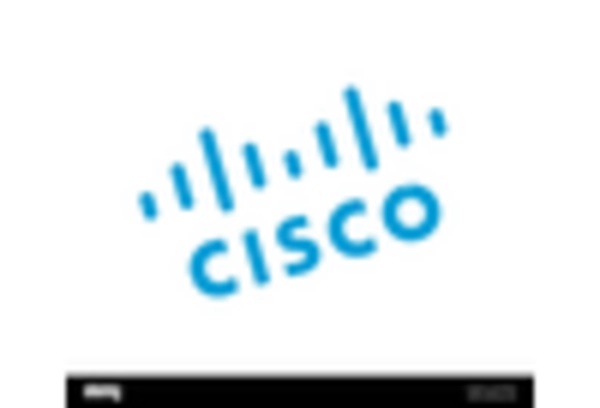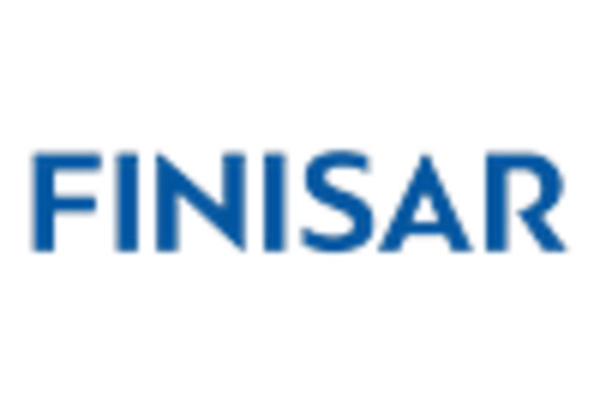Market Share
Optical Transceiver Market Share Analysis
In the cutthroat optical transceiver market, strategies for positioning oneself in terms of one's share of the pie help determine whether a company can make it. A widespread approach is differentiation through technological innovation. Companies compete to get ahead by investing in R & D, seeking a better performing optical transceiver with higher bit rates and more features This strategy draws in patrons who want the latest word technology, and helps a firm build an image of innovation leading to customer loyalty. Strategic partnerships and collaborations are another critical market share positioning strategy. To expand its market influence, optical transceiver manufacturers typically collaborate with other technology firms, semiconductor makers or telecommunications providers. The sharing of complementary technologies, distribution channels and resources mean that collaborations allow for a larger market potential as well as stronger competitive advantage. The optical transceiver market is dominated by the cost leadership strategy, and cost-effectiveness clearly remains an important consideration for both manufacturers and end users. These companies use this strategy of limiting choices to make their manufacturing processes more efficient, benefit from economies of scale, and optimize the entire supply chain in a bid for high-quality optical transceivers at low prices. In price-driven markets, companies can carve out a big share by providing economical solutions without compromising performance. Geographical expansion strategies also affect market share ranking. Firms can target different regions or go international depending on regulatory environments, opportunities for the company to emerge and patterns of regional demand. An established position in the key markets means that companies can respond to a wide variety of customer requirements and make inroads into important regions. Another consideration when it comes to market share is flexibility in terms of product offerings and scalability. By adjusting to changing industry standards, new technologies and customer needs, companies can position themselves favorably in an ever-changing market environment. Long-term success and long periods of market share are achieved with scalable solutions meeting the needs both existing networks, as well as future communication systems.








Leave a Comment